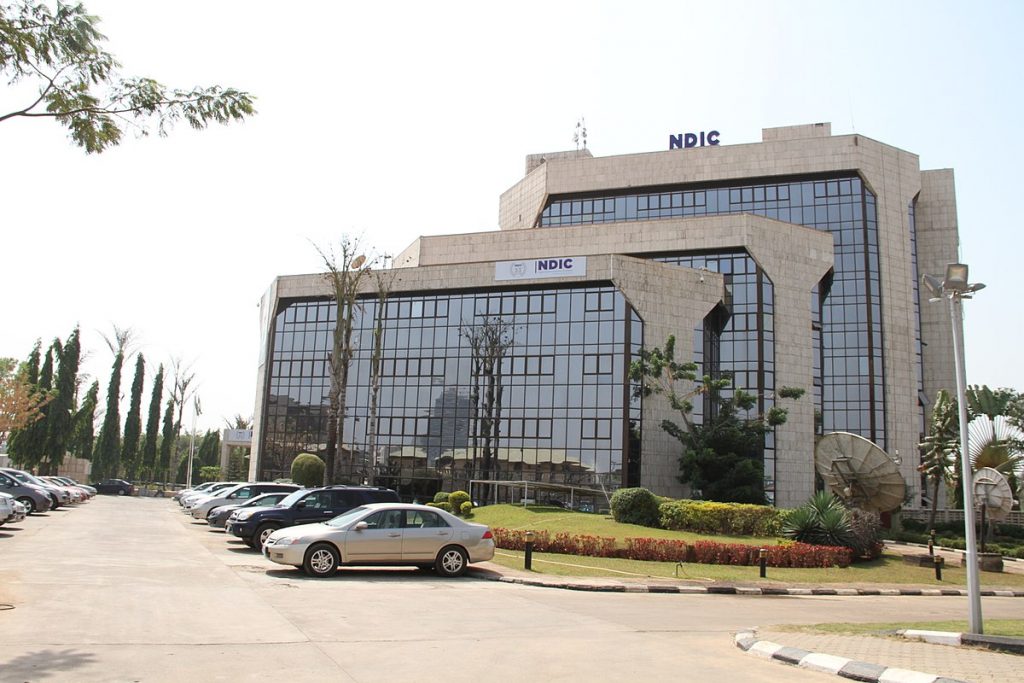The East African Community (EAC) secretariat has commenced the process of digitising its Common External Tariffs (CET).
The programme, being implemented with the support of the World Customs Organisation (WCO), is meant to enhance the private sector’s participation in international trade.
Through the digitisation of the CETs, the business community — exporters and importers — will have access to trade information from the private sector in international trade.
The platform, which is currently under development in partnership with Global Trade Solution (GTS), will enable seamless migration of the EAC CET during the transposition of the Harmonised System (HS).
It will provide information on the administration and management of the Duty Remission Scheme, the production of information and publication of other measures affecting the implementation of CET.
The platform will also include management of preferential tariff treatment on originating goods imported from Regional Economic Communities (RECs) where EAC partner states are members.
In addition, it will provide pictorial illustrations of products per tariff line as well as a link to the WCO Harmonized System.
According to a statement from the EAC secretariat, the platform will be launched and made available for public use by June 30.
Accessed electronically from both computers and mobile devices, the platform will contain searchable functionalities by tariff code or generic product description with data extraction for statistical purposes as may be required by users.
The EAC currently implements a four-band CET with a minimum rate of zero percent for raw materials and capital goods and 10 percent for intermediate goods not available in the region.
The other is 25 percent for intermediate goods available in the region and 35 percent for imported finished products available in the region.
However, there are other products classified as “sensitive products” which attract a rate above 35 percent listed in Schedule 2 of the CET.
In automating the EAC CET, the scale, scope and speed of engagement by the private sector are expected to increase as a result of enhanced access to trade information in a digitally connected environment.
The EAC secretariat says significant progress has been registered in the development of the platform, including the finalisation and beta-testing of some key modules.
Piloting of the system has been going on in a test environment on the EAC website since July 2020. Published by The EastAfrican












